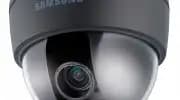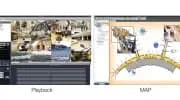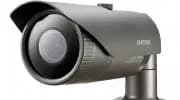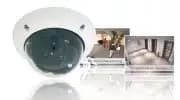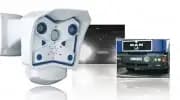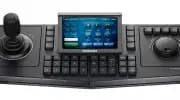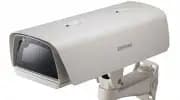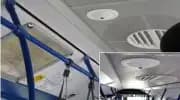camera surveillance systems
Video surveillance cameras are divided into digital and analog cameras. Their main difference: digital cameras are completely autonomous video surveillance systems - the cameras are powered by the crown, the receiver is powered by a 5-volt laptop or computer.
Advantages of digital cameras:
speed (camera from crown, receiver from USB port)
high quality shooting capabilities
Installation of up to 4 cameras
presence of motion detectors (luxury suite)
Advantages of analog cameras:
the price is reasonable
easy and short connection of the system
Disadvantages of digital cameras:
high price
it takes longer to connect
Disadvantages of analog cameras:
the receiving unit is powered by 220 volts
installing more than two cameras in one room increases the possibility of channel loading
writes data to a VCR or computer only with the help of additional devices
Each of the wired cameras can be wireless when connected to an amplifier. In a straight direction, the video signal transmission distance by radio channel can be a maximum of 3 km. However, the distance of video image transmission through wires can be increased (up to 600 m) using a transmitter video signal amplifier. At this time, the video image and camera feed will be transmitted via wires with a "vitay pair".

